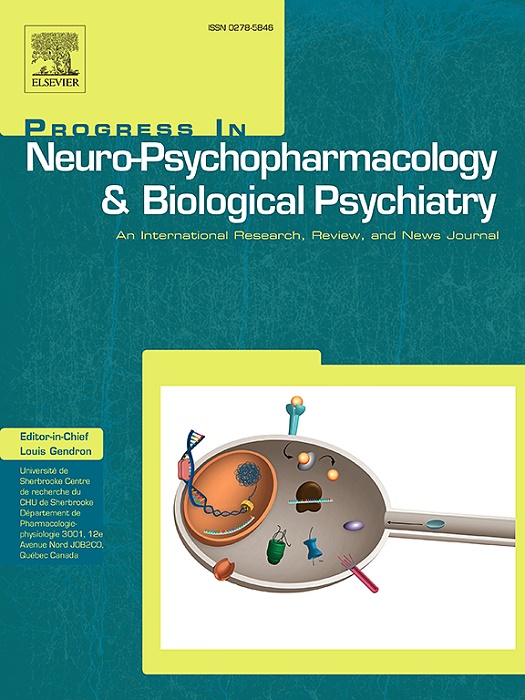Effective non-invasive brain stimulation over dorsolateral prefrontal cortex for modulation of food craving and consumption: A systematic and meta-analytic review
IF 5.3
2区 医学
Q1 CLINICAL NEUROLOGY
Progress in Neuro-Psychopharmacology & Biological Psychiatry
Pub Date : 2025-01-29
DOI:10.1016/j.pnpbp.2025.111271
引用次数: 0
Abstract
In recent decades, non-invasive brain stimulation (NIBS) has gained attention as a potential tool for promoting dietary regulation by modulating activity in the dorsolateral prefrontal cortex (dlPFC). However, the findings from individual experimental studies and meta-analyses have been inconsistent. To address this, we conducted a meta-analytic and systematic review of past studies focusing on neuromodulation of the dlPFC. Our research included 13 studies using repetitive transcranial magnetic stimulation (rTMS; 16 samples, 506 participants) and 29 transcranial direct current stimulation (tDCS; 31 samples, 1004 participants). By adjusting the pre-post correlation, we detected small-to-moderate effect sizes of NIBS on food craving (rTMS: Hedge's g = −0.57; tDCS: Hedge's g = −0.26) and food consumption (rTMS: Hedge's g = −0.51; tDCS: Hedge's g = −0.17). Additionally, we observed that the efficacy of NIBS was influenced by various moderators, including stimulation parameters, research protocols, and participant characteristics. Notably, both rTMS and tDCS appeared to enhance dlPFC function in dietary regulation for people with eating disorders or obesity. Furthermore, these effects were more pronounced with multi-session stimulation compared to single-session stimulation. Finally, based on the existing literature, we discuss the role of the dlPFC in the appetitive reward processing pathway and provide suggestions for future research directions.
求助全文
约1分钟内获得全文
求助全文
来源期刊
CiteScore
12.00
自引率
1.80%
发文量
153
审稿时长
56 days
期刊介绍:
Progress in Neuro-Psychopharmacology & Biological Psychiatry is an international and multidisciplinary journal which aims to ensure the rapid publication of authoritative reviews and research papers dealing with experimental and clinical aspects of neuro-psychopharmacology and biological psychiatry. Issues of the journal are regularly devoted wholly in or in part to a topical subject.
Progress in Neuro-Psychopharmacology & Biological Psychiatry does not publish work on the actions of biological extracts unless the pharmacological active molecular substrate and/or specific receptor binding properties of the extract compounds are elucidated.

 求助内容:
求助内容: 应助结果提醒方式:
应助结果提醒方式:


